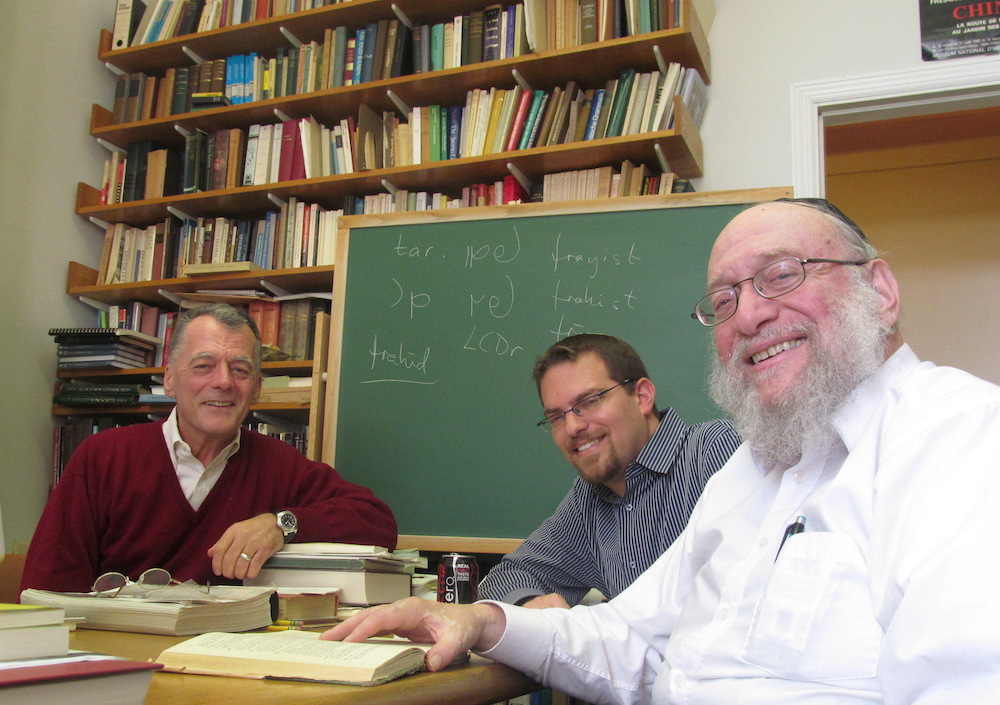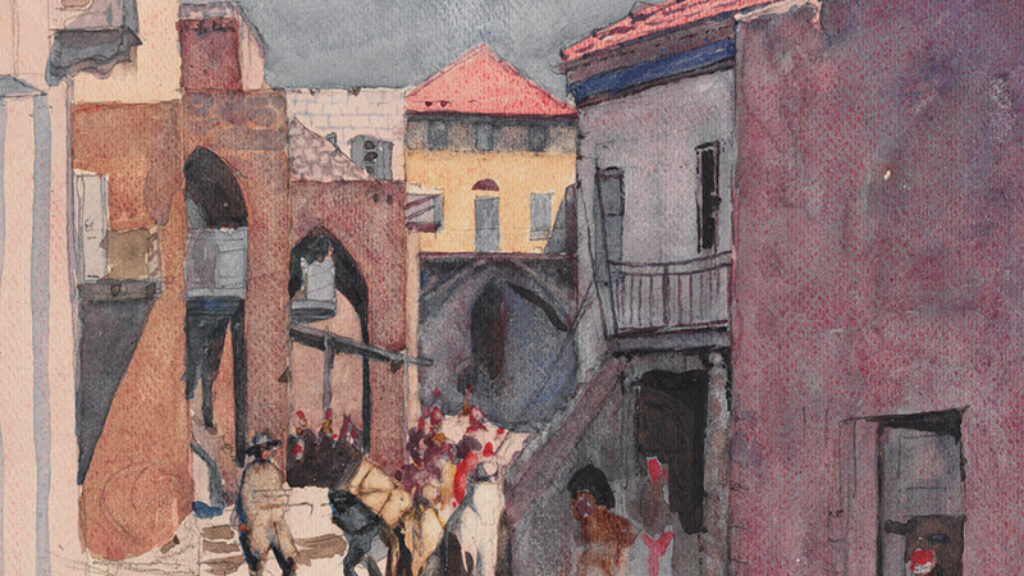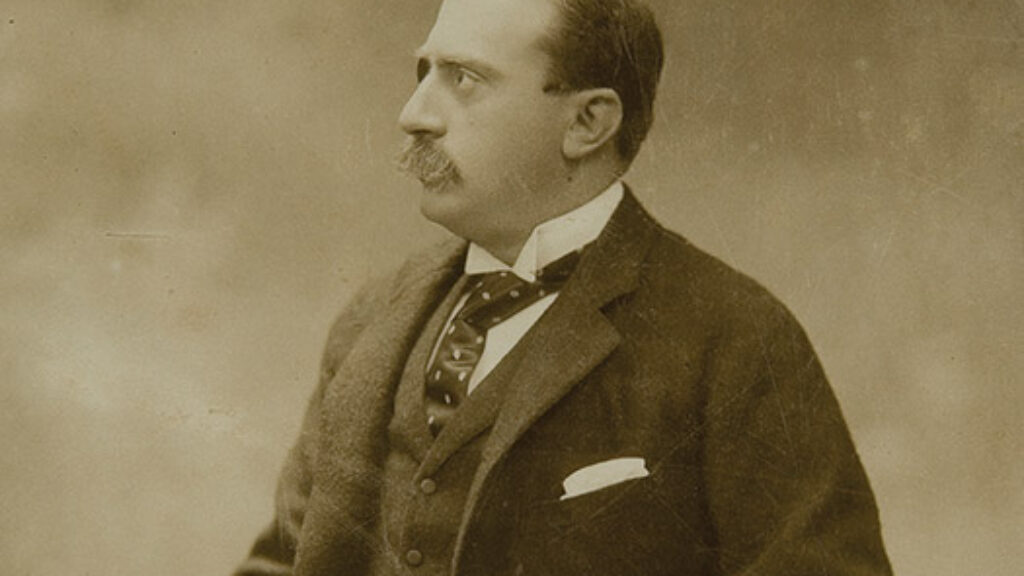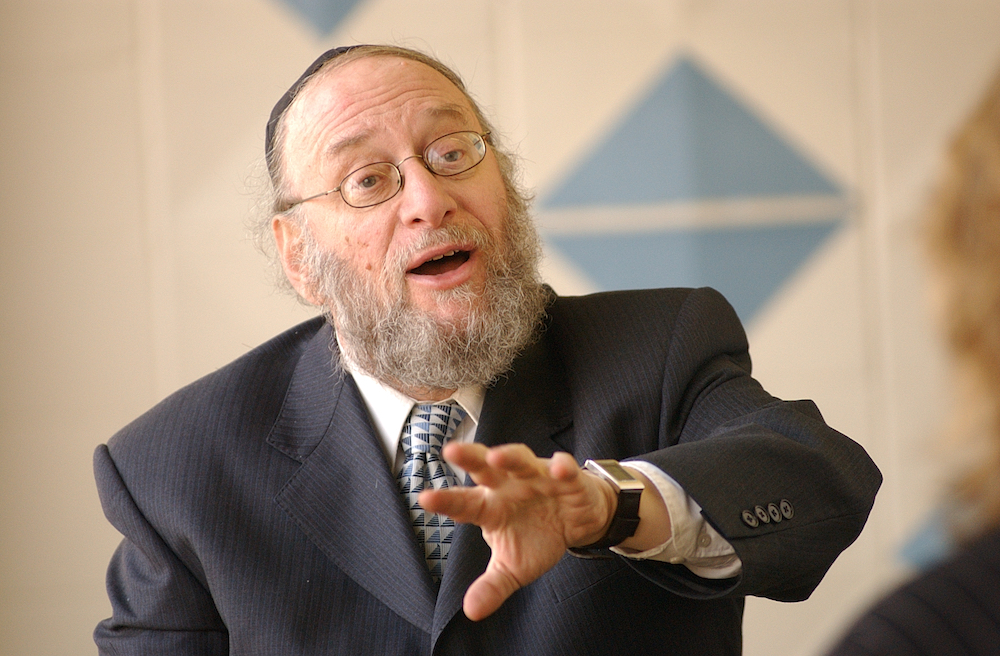Perpetual Motion
One day many years ago, I returned home to a bewildering message scrawled on a Post-it note: “Dr. E. wants you to call him back immediately. Something about . . . orangutans?!?!” There was no question who had called. “Dr. E” was Yaakov Elman, my teacher, mentor, and, as we like to say in academe, Doktorvater. Yaakov was an expert and pioneer in the study of the Talmud in its Iranian context, and his career had been so capacious—spanning from meteorology to Assyriology, biblical interpretation, Dead Sea Scrolls, Hasidic thought, rabbinic literature, and Zoroastrianism—that for a moment I had to consider the possibility that this was no game of telephone and that my teacher had taken up primatology. As it turned out, Dr. E. had made progress not on orangutans but on the Nērangestān, a Middle Persian text devoted to the laws of Zoroastrian worship.
Professor Yaakov Elman passed away in Brooklyn, NY, on 17 Av 5778 (July 29, 2018). He left behind a towering scholarly legacy. Staggeringly fluent in Talmud, he was also one of the few truly voraciously hungry intellectuals left in a professionalized academia. He combined a Hasidic heart with a litvishe kop, a critical academic sense with the creativity of an original tosafist. Yaakov wrote copiously about times, people, and places distant from him and from each other—the fabled ruler of the ancient Persian Empire Darius the Great; the early 20th-century Reform German rabbi Benno Jacob; a medieval Catalan thinker known as the Meiri; a radical 19th-century Polish Hasidic master named Rabbi Tzadok Ha-kohen of Lublin; talmudic rabbis such as Rava and Abaye; and late antique Zoroastrian priests bearing names such as Sōšāns and Gogušnasp. With his black velvet yarmulke, white beard, and payis, Yaakov spoke excitedly of those long-buried and largely forgotten Zoroastrian sages as if they were close friends. The entire motley crew he studied was brought into endlessly fascinating conversations with one another in the vast halls of his brilliant mind, just as he cultivated an astoundingly diverse group of close, real-life companions that included yeshiva heads, professors, Christians, Muslims, atheists, Zoroastrians, and Jews of all denominations.
Yaakov’s first day job, after he finished City College in 1966, was in meteorology. Eight years later, he moved on to the S. Rabinowitz Hebrew Book Store on New York City’s Lower East Side, where, as manager for just more than a decade, he held court for a stream of traditional and academic scholars who sought his wisdom as much as they shopped for Hebrew books. From there he went on to publishing, serving as associate editor at Ktav for more than 15 years. During that time, he also pursued a doctorate at NYU, and then, well into middle age, he became a professor at Yeshiva University.
Even within the confines of his chosen area of academic study (Talmud) Yaakov’s chief accomplishment was ambulatory. While his early work was strictly philological and focused on topics such as the relationship between the early rabbinic compilation known as the Tosefta and the Babylonian Talmud, he moved on to ingeniously combine Iranian and talmudic studies in a hybrid that became known as Irano-Talmudica. Yaakov was the not the first scholar to realize that studying Babylonian Jewry’s Persian context could illuminate the Babylonian Talmud, but he is the one who built it into a real movement of flesh-and-blood people from different fields, working in close relationships. These pairings proved fascinating, productive, and, at times, hilarious.
Yaakov began this Irano-Talmudic stage of his career at age 50, on a fellowship at Harvard. There he befriended professor Oktor Skjærvø, a tall, wry Norwegian master of Indo-Iranian languages. Oktor and Yaakov, the brilliant, heimishe patriarch of a large Orthodox family, soon became inseparable, spending many hours each day studying Middle Persian in Skjærvø’s large, book-lined office. Occasionally attending faculty parties in the evening, they appeared as the ultimate odd couple. And Yaakov became close with his “fellow” graduate students, chiding one Harvard couple to tie the knot after many years of dating (they did not) and ensuring that a Zoroastrian student wore his sudreh and kusti—a ritual belt and shirt resembling Jewish tzitzit—on the day of his comprehensive exams (he did).

Traveling the world for Jewish and Iranian studies conferences, Yaakov became a tireless evangelist for reading the Talmud alongside Middle Persian texts, regularly launching into detailed discussions of Zoroastrian law and describing it, to the astonishment of many, as “halakhic,” “rabbinic,” and “strikingly parallel” to Jewish law. He became an ongoing associate at Harvard, and his reading group with Skjærvø expanded to include a growing cast of characters, such as a visiting University of Tehran professor and Yaakov’s own Talmud students (including me). The tiny field of Old Iranian studies, which had been languishing due to lack of interest, gained tremendously from the sudden, unexpected infusion of these Talmud scholars.
Back in Washington Heights, Yaakov’s Yeshiva University classes expanded with students who had come to hear a talmudic genius talk about Zoroastrianism and its significance for understanding the Talmud. And regular, nonacademic devotees of Jewish texts caught wind of what was happening and began to follow Yaakov’s work from beyond the ivory tower. It is difficult to capture the exhilaration of that time, when one could feel the vibrations of a major shift taking place at the traditional, talmudic core of Jewish studies. One can now legitimately divide Talmud scholarship into two periods—BE, before Elman, when Talmud research focused on the text and its development, and AE, after Elman rewrote the curriculum of talmudists to include the languages and literatures of communities neighboring Babylonian Jewry, especially the Persian-speaking Zoroastrians, who ruled the powerful Sassanian Iranian Empire.
Yaakov’s establishment of Irano-Talmudica also faced considerable trials and tribulations. He suffered a near fatal car crash in early 2004, which landed him in the hospital for the good part of a year. Soldiering on, he conducted class via conference call from a hospital bed flanked by teetering piles of books. (It took the Mount Sinai hospital staff some time to learn how to accommodate a patient whose uninjured work ethic made him function like a waylaid army general.)
The academic politics could be even more debilitating. Reluctant to retrain and retool, some classically trained talmudists argued loudly that the Greco-Roman language and culture they had studied in graduate school were somehow more important than Iranian languages and culture for understanding the Babylonian Talmud and its world—despite the fact that the Talmud was composed under Iranian rule, not Roman. And then there was the occasional, hard-hitting review attacking various claims and interpretations of the Irano-Talmudic school. Yaakov’s strategy was always to fight fire with fire and to push ahead with more research. But the academic battles took their physical and emotional toll. In the end, a compelling scholarly movement built on human relationships could also be rocked by the inherent vulnerability of human relationships.
Yaakov was a man of limitless intellectual curiosity, ambitions, and passions. Like all creatures born of woman, he was destined to die, as the rabbis have it, “with not even half his desires fulfilled.” Still, that cup was nearly half full. Chief among his numerous accomplishments across Jewish (and non-Jewish) studies is the now-basic expectation that scholars of the Babylonian Talmud acknowledge the Talmud’s Iranian context. What also remains is the lingering dynamism of a man who never ceased to learn and think and write and teach and grow. May his memory be a blessing to us all.
Comments
You must log in to comment Log In
Suggested Reading

Wishful Republic
What lessons can be learned from the city of Haifa, and what does its culture suggest about the likelihood and limitations of a binational state?
Words, Words, Words
The super sad truth about Gary Shteyngart's new novel.

Israel and the Old-New Middle East
The social and political realities of the Middle East make democracy unlikely. A rough neighborhood may be getting rougher.

Memory Palace
“Dust comes from something. It shows something has happened, shows what has been disturbed or changed in the world. It marks time,” Edmund de Waal writes to the long-dead Moïse de Camondo.

Manuel Gold
Thank you Shai Secunda for this tribute to Yaakov Elman. When I was a rabbinical student at JTS I would frequent the many Jewish bookstores on the lower east side, browsing for treasures that others had missed. My favorite stop was at Rabinowitz where Yaakov presided. His vast knowledge and willingness to converse and advise were memorable, and helped lead to my doctoral studies with Ephraim Speiser and Cyrus Gordon. Even then he knew more than most and reveled in talking to bookbrowsers who sought more information than even JTS could provide. Zichrono livrachah.
DF
Dr. Elman was a great scholar to be sure, but his attempt to make Iranian studies as important to the Gemara as Greek and Roman studies to the Mishna has never been convincing. Jews in the Diaspora have always been selective in their degree of acculturation, adopting some of their surrounding cultures, while disdainfully ignoring others. (Think, for example, of the Jewish attitude to German culture as compared to the Polish.) In the same vein, the impact of the surrounding culture on the Babylonian sages was minimal, at best. Sure, you may find an odd custom or expression here and there adopted from Persians of Zoroastrianism, the derivation of which has usually been known for centuries. On the whole though, one can be a great scholar of the Talmud, even by academic standards, without any knowledge of the Persian or Old Iranian. The focus of the Babylonian sages was on developing the law laid down in the Mishna of Eretez Yisrael. Their own culture was largely organically developed, with only incidental or co-incidental overlap to their Babylonian hosts.
Elli Fischer
Easy to take a man down a peg while hiding behind anonymity. Why don't you tell us who you are and stake your reputation on your assertions?
gershonhepner
BABYLONIAN CONVERSATIONS ACROSS PAGES: A TRIBUTE TO YAKOV ELMAN
Conversations across ages,
Babylonian Talmud pages
give the hallowed ancient version
of rabbispeak, though not in Persian,
as might be expected. They
used Aramaic when they pray
to supplement the Hebrew which
would obviously their lives enrich,
most notably with Mishnah laws
that are in Hebrew, clause by clause.
Their discourse, clerical and laic,
was generally in Aramaic,
so when they were engaging one
another with Talmudic fun
they’d knock all their analyses,
“Knock, knock!” not even saying “Please!”
before in Aramaic entering
another’s mind while centering
their focus on their logic, rocking
Babylonian boats, and mocking
each other, not just then---forever,
in order to appear more clever
to us as well, across the ages
in conversation with these sages.
They spoke to one another, and
their conversations would expand
when later rabbis tried to figure
questions that were even bigger
for problems they would love to pose.
We do the same, I now suppose,
near-Babylonians, speaking
in dialogue with them, while seeking
for their ideas an explanation,
solving with great jubilation
problems they’d not realized,
perhaps, but we have now surmised,
with new solutions proving we
can touch them in posterity.
Hidden hints of thoughts in Persian,
in the Babylonian version
recalled those of Zoroaster,
are only found by those who master
Middle Persian---few indeed!
To this language paying heed,
Yakov Elman paid attention,
discovering the true intention
of a lot of rabbis who
applied a Persian point of view,
adding to the Talmud’s ocean
Zoroastrian devotion.
[email protected]
jtlandry
Thanks for this impressive summary of Professor Elman's productive life. In future testimonials, please say more about the relevance of his work for non-historians. The Jewish Review of Books is not a scholarly publication. How does it matter for us ordinary Jews if we better appreciate the Iranian context of the Talmud?